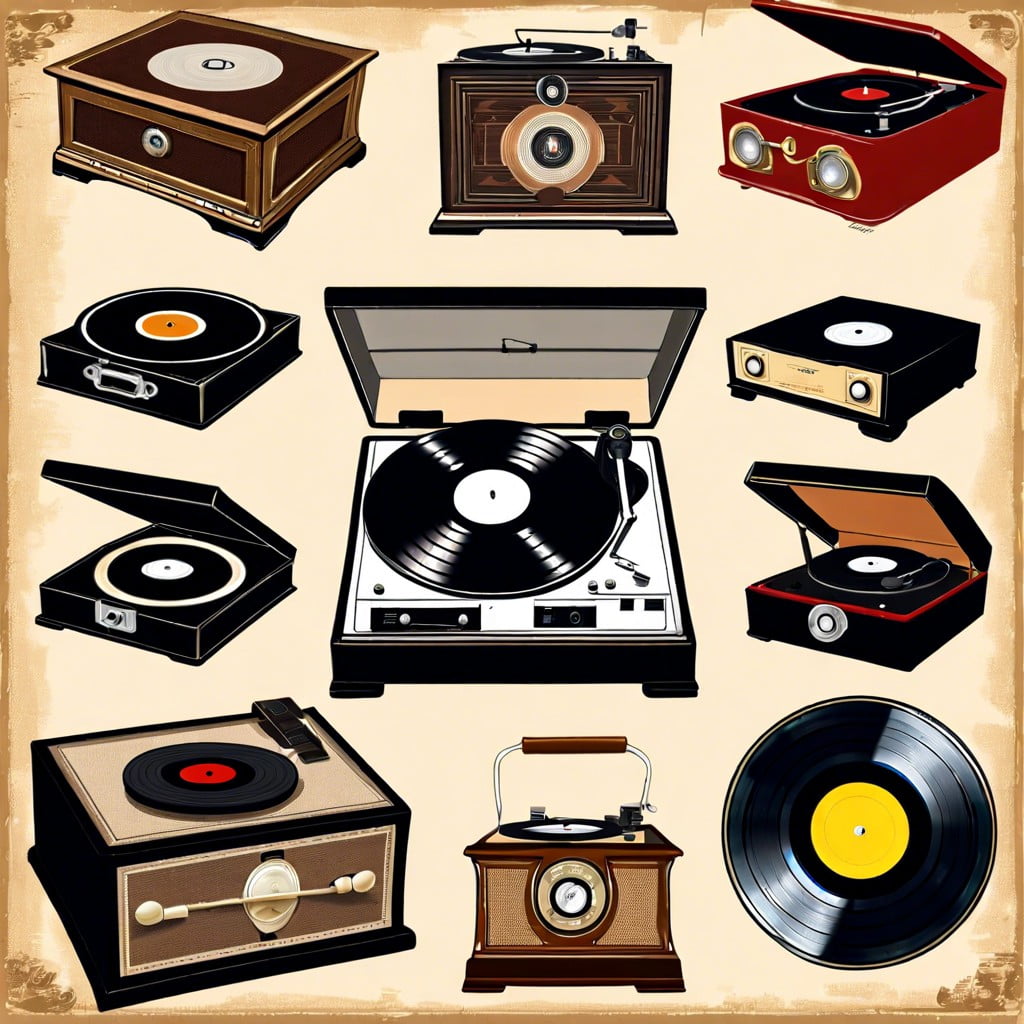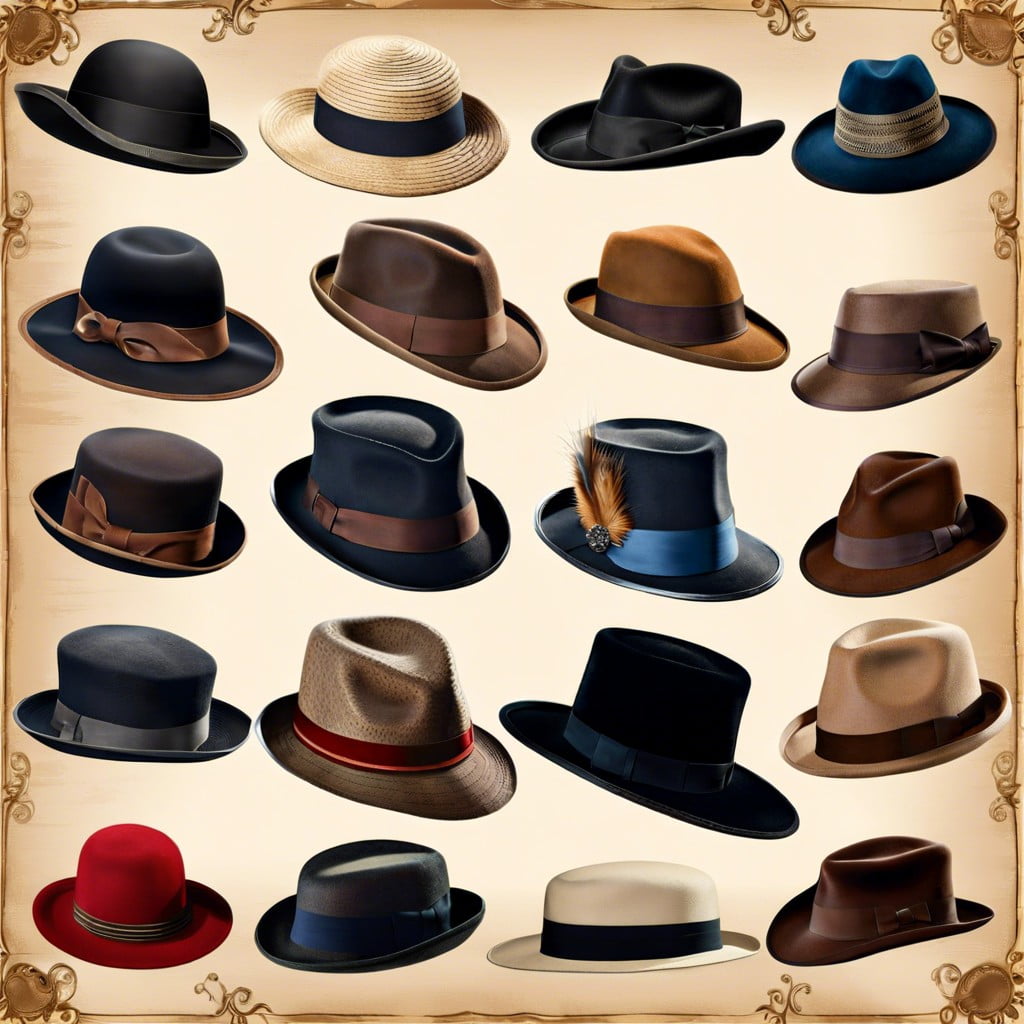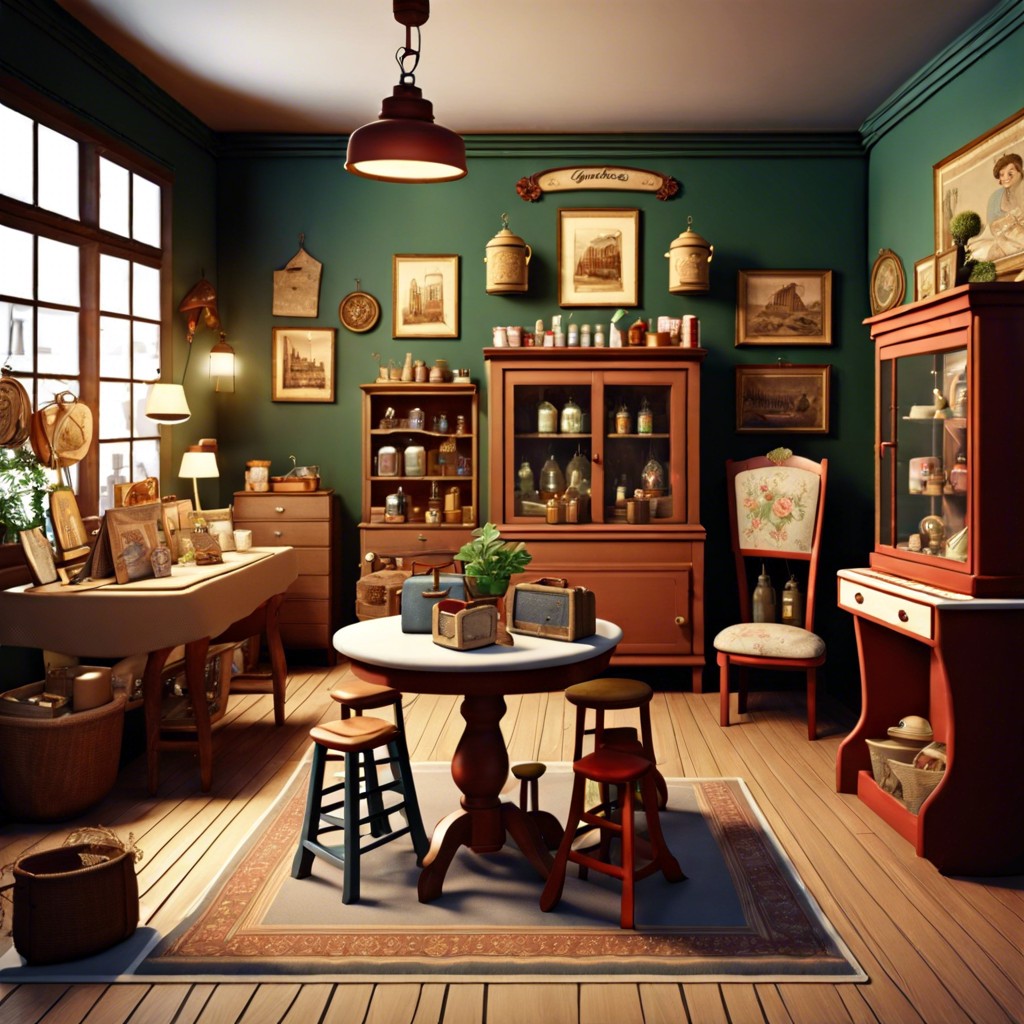Last updated on
Discover the enduring allure of vintage vinyl records and how they remain a coveted collectible for music enthusiasts.
Key takeaways:
- Vinyl records offer a unique analog listening experience.
- Vinyl’s collectibility and nostalgia contribute to its popularity.
- Vinyl records are prized for their cover art and visual appeal.
- Start a collection with a clear focus and educate yourself on grading.
- Find vinyl records at thrift stores, record stores, online marketplaces, and fairs.
Reasons Behind the Increasing Popularity of Vinyl
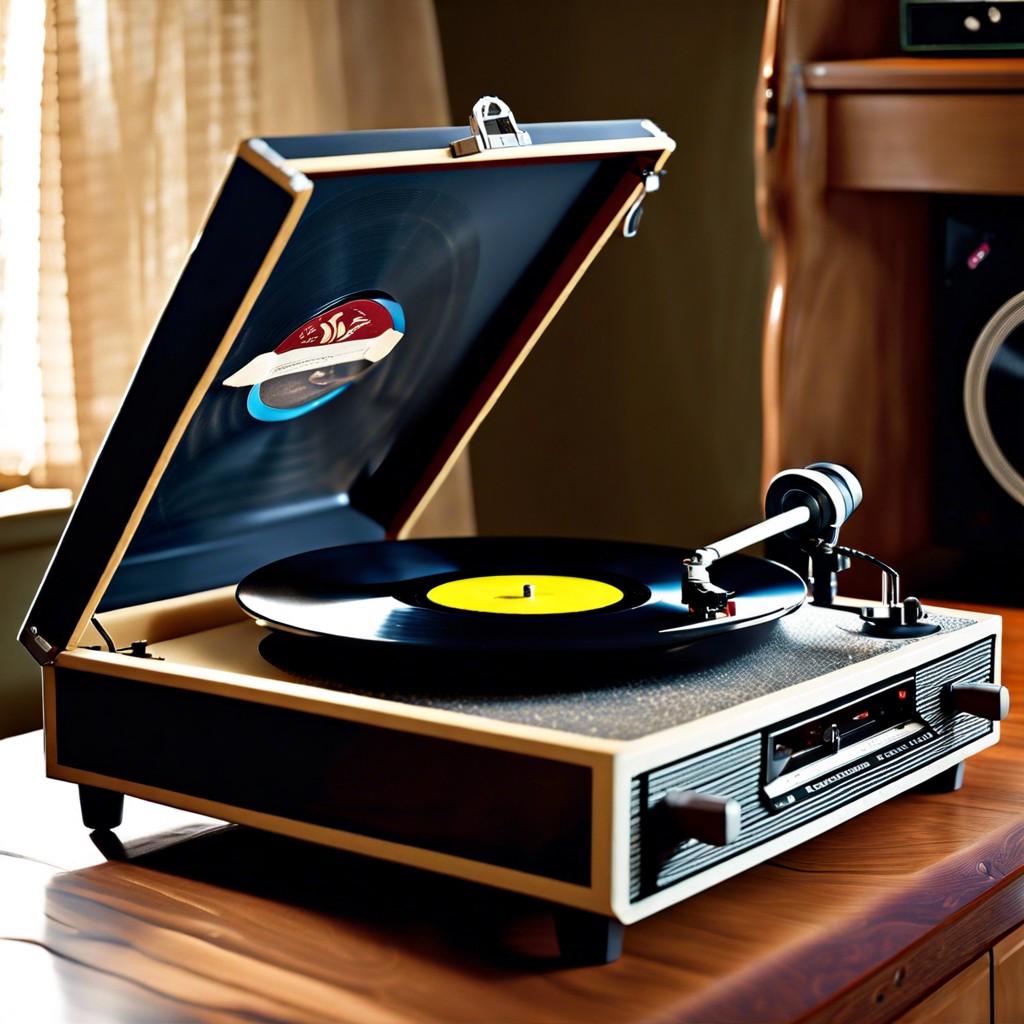
Vinyl records offer an analog listening experience that digital formats can’t replicate. Enthusiasts argue that the warmth and richness of the sound are unparalleled, citing the tactile engagement of placing the needle on the record as part of the charm.
The collectibility of vinyl also plays a role in its popularity. Limited releases, colored vinyl, and original pressings are highly sought after, giving collectors a sense of exclusivity.
Nostalgia significantly influences the vinyl revival. For many, vinyl recalls a bygone era of music appreciation and encourages a deeper connection with the art, providing a physical representation of music that streaming services lack.
The cover art of vinyl records contributes to their appeal, with the large format providing a canvas for artists that is often as thoughtfully produced as the music within. This has made records popular display pieces, as well as audible enjoyment.
Finally, the vinyl community promotes a culture of sharing and discovery, with local record stores and online forums fostering environments where aficionados and newcomers alike can connect over their love of vintage vinyl.
A Guide to Starting a Vintage Vinyl Collection
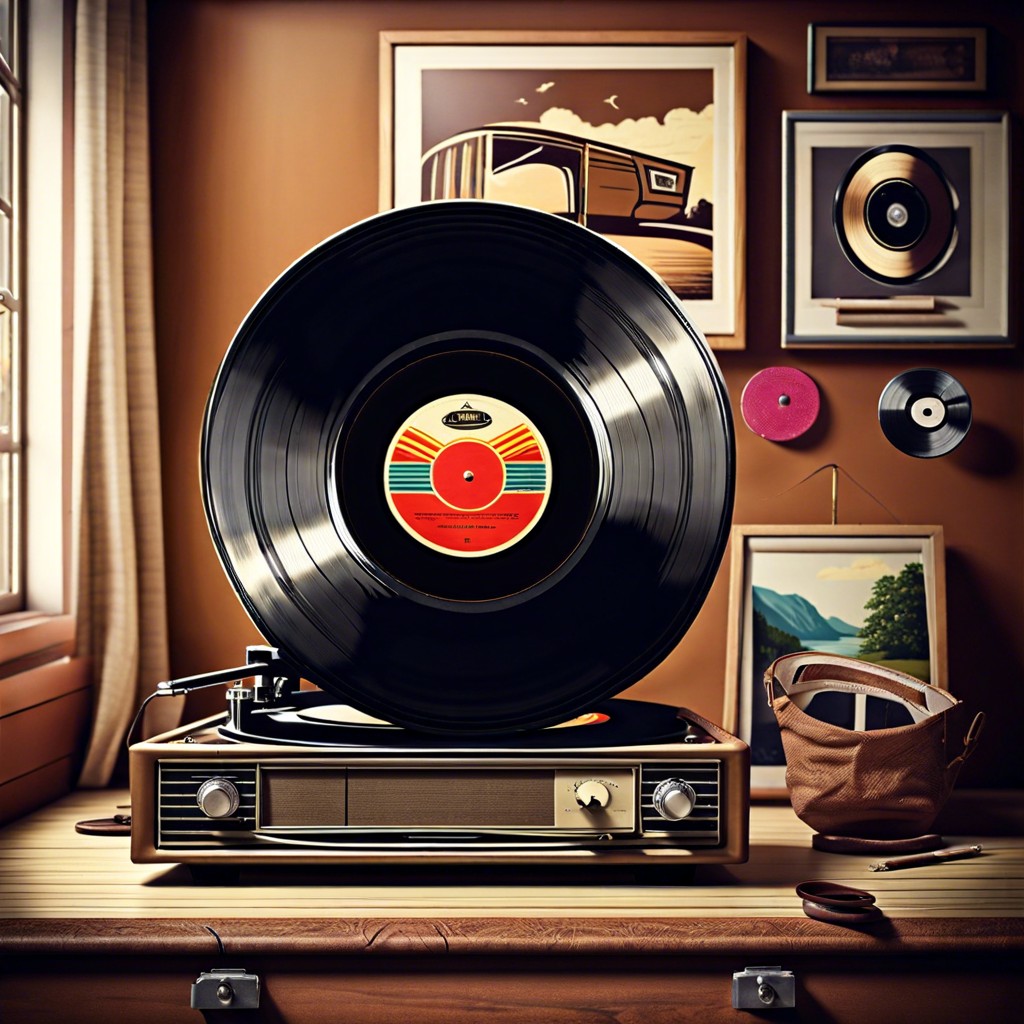
Start by identifying a clear focus for your collection, which could be a particular genre, era, or even a specific artist. A focused collection often brings more personal satisfaction and can become more valuable over time.
Educate yourself about the grading system for vinyl records—Mint, Near Mint, Very Good, Good, Fair, and Poor—since condition affects both value and listening experience. Knowing this will help you make informed decisions.
Budget accordingly, as collecting can be expensive. Set a financial plan to allocate funds for acquiring records without overspending. Prioritize quality over quantity to ensure you’re investing in records that will retain their value.
Attend record fairs, visit local record stores, and explore online marketplaces to diversify your purchasing options and find the best deals. Building relationships with other collectors and sellers may lead to beneficial trades or insider information on rare finds.
Invest in a reliable turntable and proper storage solutions to protect your collection. Record sleeves, climate-controlled environments, and careful handling are key to maintaining the integrity of the vinyl.
Lastly, stay active within the vinyl community. Engage with online forums, social media groups, or local clubs to learn from seasoned collectors and keep abreast of market trends and opportunities for acquisitions.
Where to Find and Purchase Vintage Records
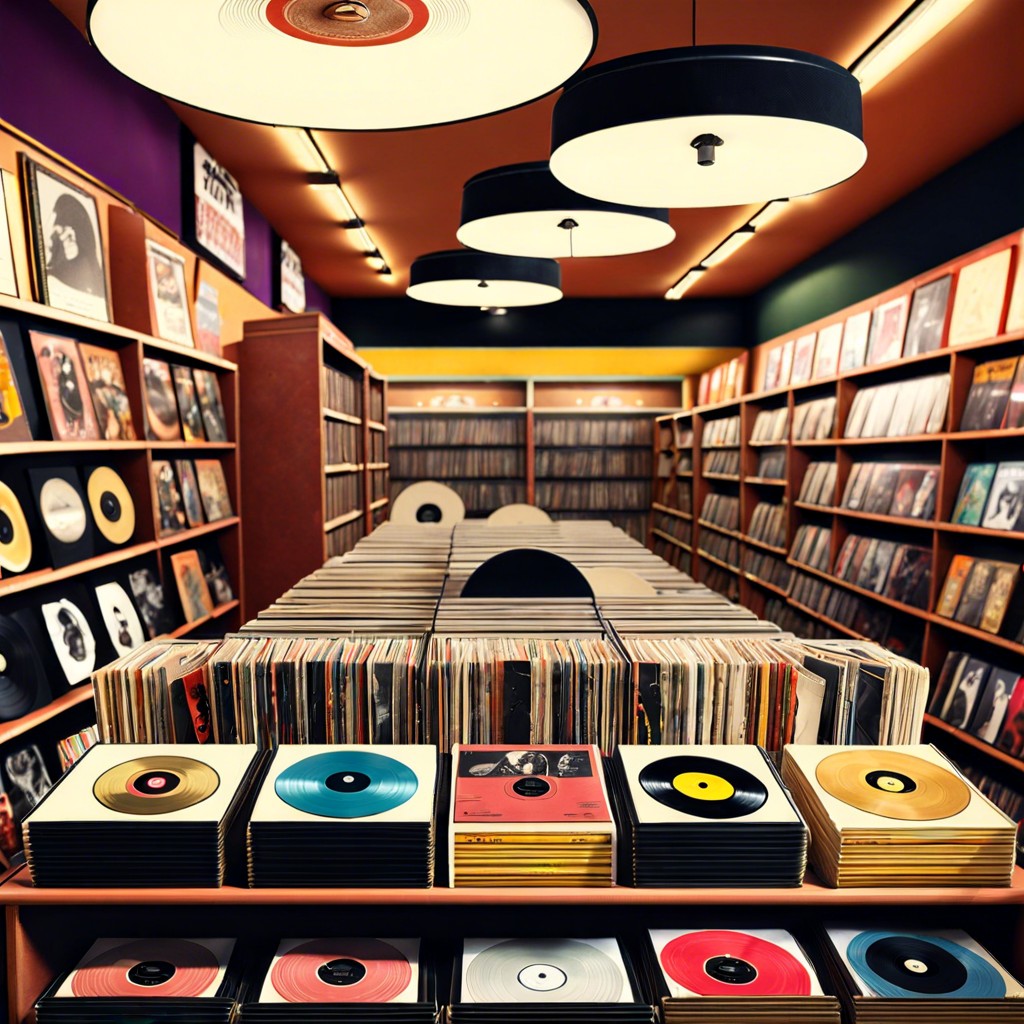
Scouring local thrift stores, garage sales, and flea markets often yields hidden gems; however, the condition and selection can be unpredictable. Record stores, particularly those specializing in used vinyl, offer a more curated selection and staff can provide valuable insights. Online marketplaces, such as eBay and Discogs, expand options globally, with the latter providing a comprehensive database for research and price comparison. Estate sales present opportunities to acquire entire collections, often with well-preserved records. Finally, vinyl record fairs and conventions are excellent for enthusiasts looking to connect with vendors and fellow collectors. Remember, a keen eye for condition and a bit of patience are essential when venturing into these diverse purchasing avenues.
The Care and Maintenance of a Vinyl Record Collection
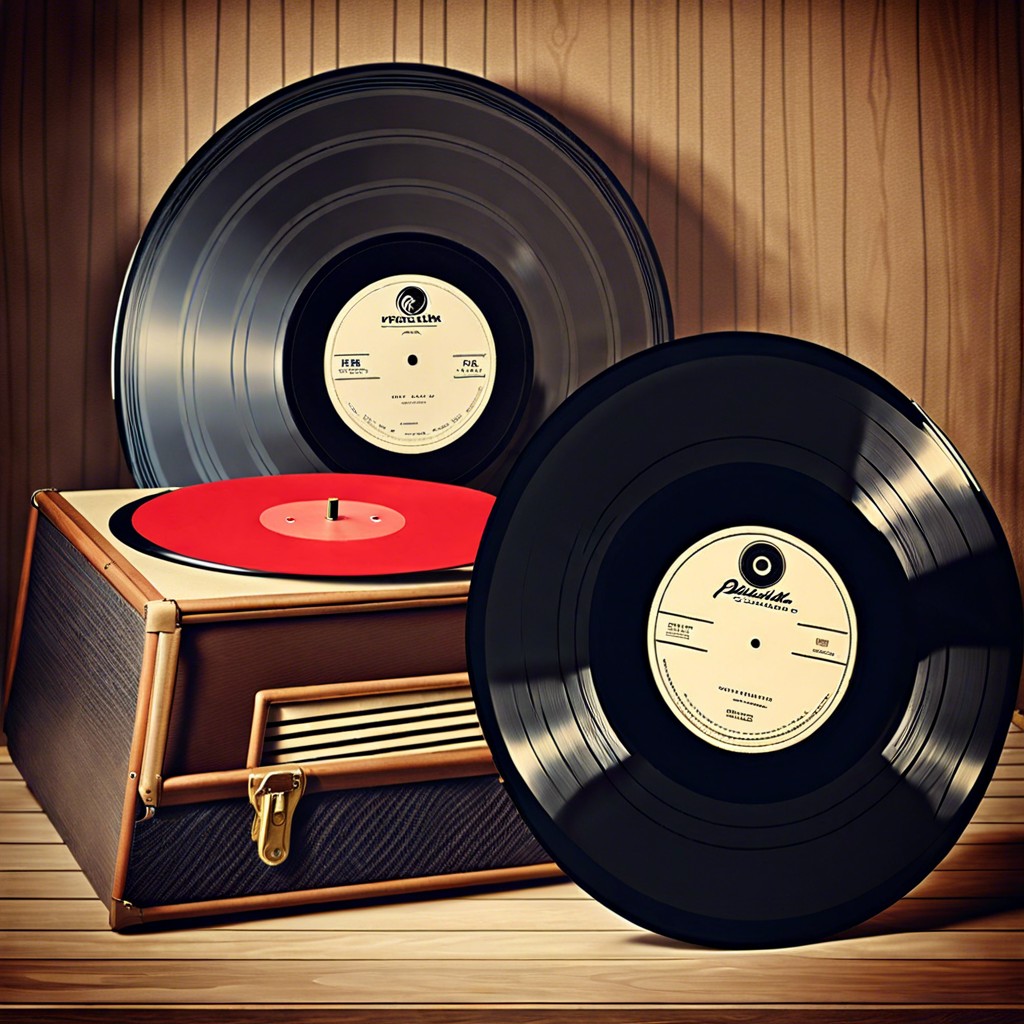
Regular dusting is essential to prevent buildup on the vinyl surface, which can affect playback quality. Use a carbon fiber brush before and after playing a record to dislodge dust particles.
Storage is key; keep records vertically in a cool, dry place away from direct sunlight. Stacking them horizontally can warp the vinyl over time.
Inner sleeves protect the record from scratches and static build-up. Replace paper sleeves with polyethylene-lined ones for better protection.
Handle records by the edges or label to avoid transferring oils from your fingers onto the grooves.
Cleaning solutions can help remove fingerprints and grime. Opt for a record cleaning kit or make your own with distilled water and isopropyl alcohol mixed in a 3:1 ratio. Use with a soft, lint-free cloth.
Consider investing in a record player with an adjustable counterweight and anti-skate settings to minimize needle wear on your records.
Remember, heat, and humidity are enemies of vinyl. Avoid placing your turntable or storing records near radiators, vents, and windows.
For deep cleans, professional record-cleaning machines can restore old and grimy records, though they can be costly.
Regular care will not only maintain the sound quality but also prolong the life of your vintage vinyl collection.
Related:
